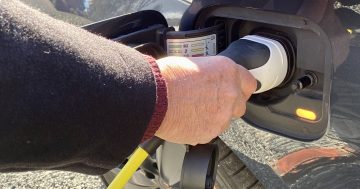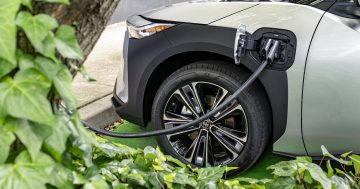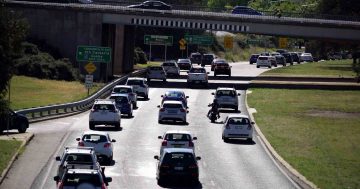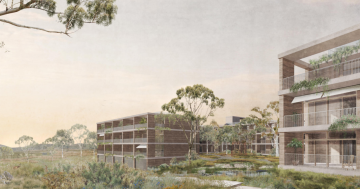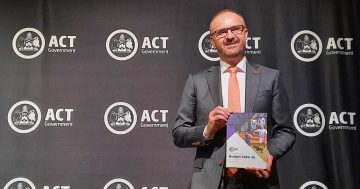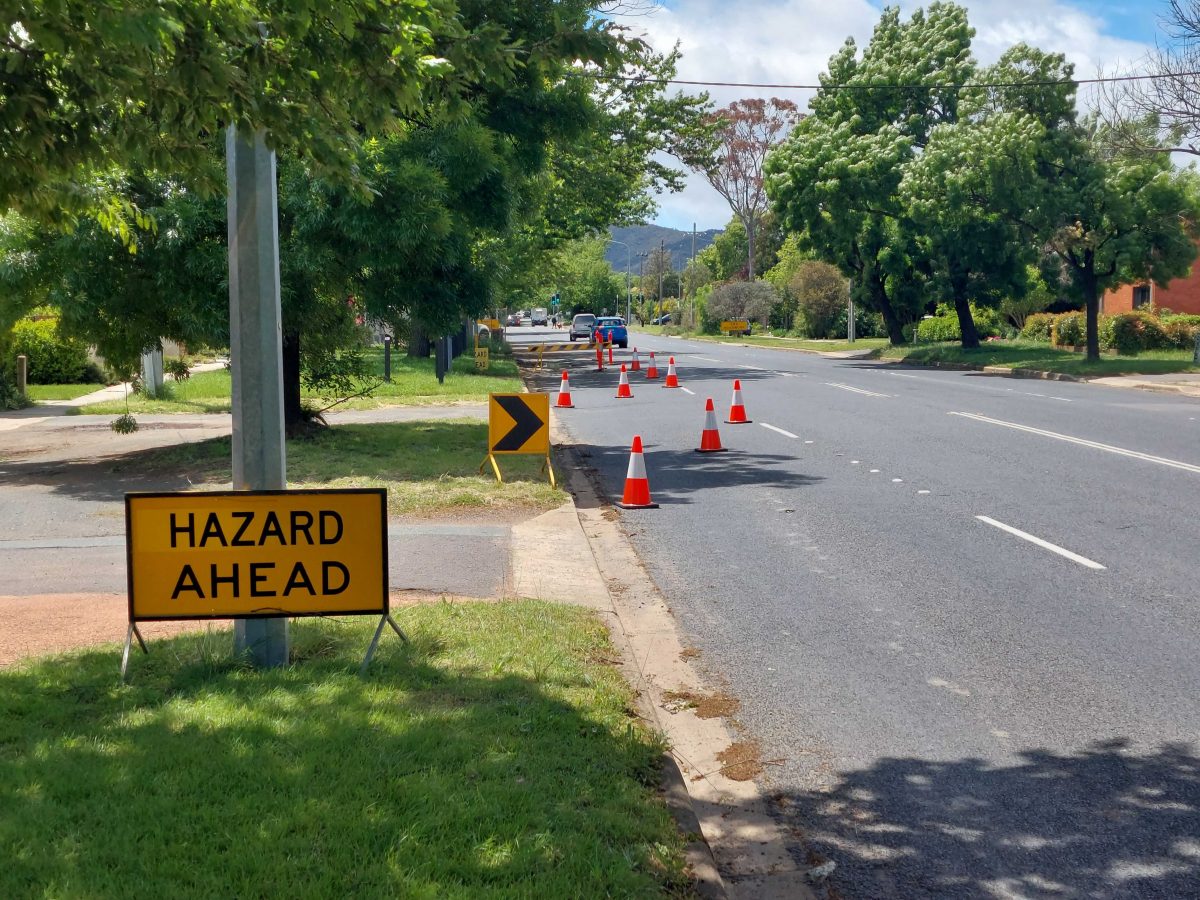
If only we had a road-user charge so we’d have better roads … Photo: David Murtagh.
So, you give your kid pocket money each week to get lunch from the school canteen. But they’re not buying lunch. Instead, they’re blowing it on plush toys and lollies from the local newsagency.
At this point, it’d be perfectly understandable for them to request an increase in the allowance, so they can have their cake and eat it too, right?
Yeah, no.
And yet that’s the same logic behind this week’s call for the Federal Government to impose a road-user charge. Because they’ve done such a sterling job with the money we’ve given them for roads up to this point, why wouldn’t we give them more?
Look around you to see their fine work so far.
There’s the massive section of the Hume Highway near Marulan that’s near-undrivable in the left-hand lane. Or how about the Barton Highway that’s in constant tatters. I’m sure you can think of other examples, probably potholes in your street that could be clearly documented from the International Space Station.
The common argument is that road revenue is drying up – and EVs are paying next to none of it.
And it’s true that fuel excise is expected to become effectively zero by 2050 when CSIRO predicts 97 per cent of Australia’s light passenger fleet will be electric. Compare that to 2023-24, when Australian motorists paid more than $15 billion in fuel excise – or about $1283 per year for the average household.
Meanwhile, EVs have received nothing but incentives from governments – federal and local – such as no stamp duty, cheaper registration, higher Luxury Car Tax thresholds, Fringe Benefits Tax (FBT) exemption, and I’m sure I’ve missed something.
But this is irrelevant. Because the reality is the fuel excise – much like the tobacco excise – feeds general revenue. On average, only about 30 per cent of the fuel excise you pay at the bowser helps lay the tarmac you drive home on. Going further back, over the decade to 2022-23, only 57 per cent of fuel excise went into transport projects.
And general revenue is definitely not going down.
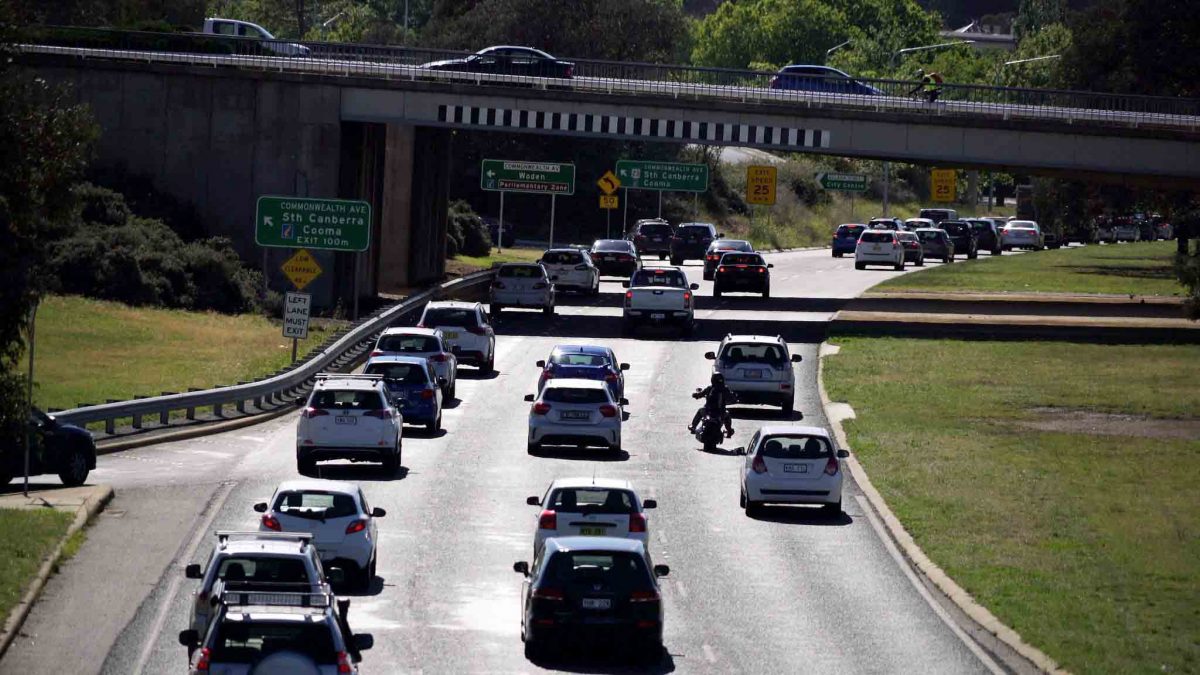
Fuel excise is expected to shrink to nearly zero by 2050, but general revenue is a different story. Photo: ACT Government.
According to the Australian Bureau of Statistics (ABS), total revenue for the Australian Government reached heights of $978 billion in 2023-24. Go back to 2014-15 and total revenue was half that – $554 billion. The only time it dipped was during COVID, in 2019-20, when it fell to $681 billion.
At the same time, expenditure is up too – from $581 billion in 2014-15 to $959 billion in 2023-34.
So the government doesn’t have a revenue problem – it has a spending one. But building revenue is simply a case of slapping the indefatigable taxpayer again, while cutting spending comes with tough (and likely unpopular) decisions.
There are issues that need to be ironed out with a road-user charge. Major ones. Like how do you even calculate it? Install a tracker in the odometer? Have motorists submit to an annual inspection? And should you even pay such a tax if most of your driving is off-road?
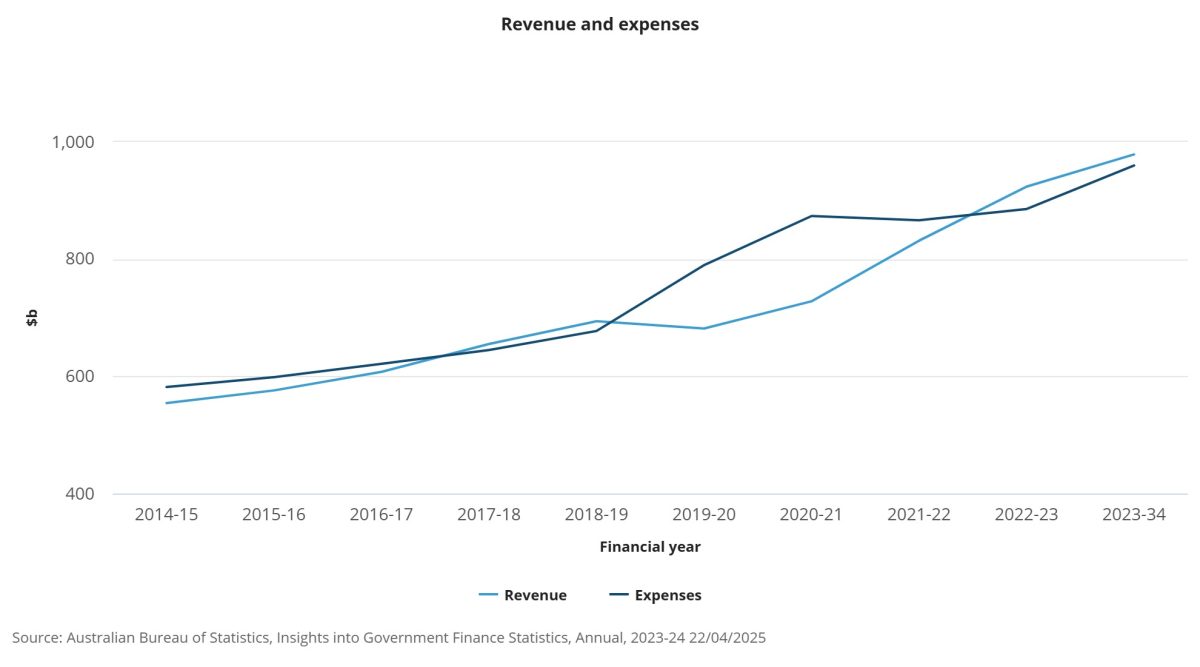
Chart showing revenue and expenses for the Australian Government. Photo: ABS.
Then there’s the big question: would it apply just to EVs, or all vehicles? Because if fuel excise is also to remain, it becomes nothing more than a pollution tax. A carbon tax. So you can expect your shipping costs to rise, along with your groceries and anything else that needs to get to your front door in a van or truck.
New Zealand is much closer to imposing a road-user charge, and has decided to apply it to all vehicles while also scrapping fuel-excise altogether. That’s one workaround.
But there’s a simpler way. Have neither tax.
Registration is literally the fee you already pay to drive on the road. And at least here in the ACT, it’s even emissions tested – you pay less for a Tesla Model 3 than the V8 Nissan Patrol.
The latest ACT Budget expects rego costs alone to bring in $200 million over the coming financial year, and $250 million by 2028-29. The same budget doesn’t single out road spending, but it does allocate more than $234 million “for new initiatives related to transport” over the next four years.
This is before we even get close to vehicle stamp duty, which will rake in an estimated $57.4 million for the ACT Government over 2025/26, and $70 million by 2028-29.
Maybe if they were better at spending what they take now, we’d be less skeptical about another tax grab.
Or in the famous words of Kerry Packer: “As a government, I can tell you, you’re not spending [tax] that well that we should be donating extra”.












